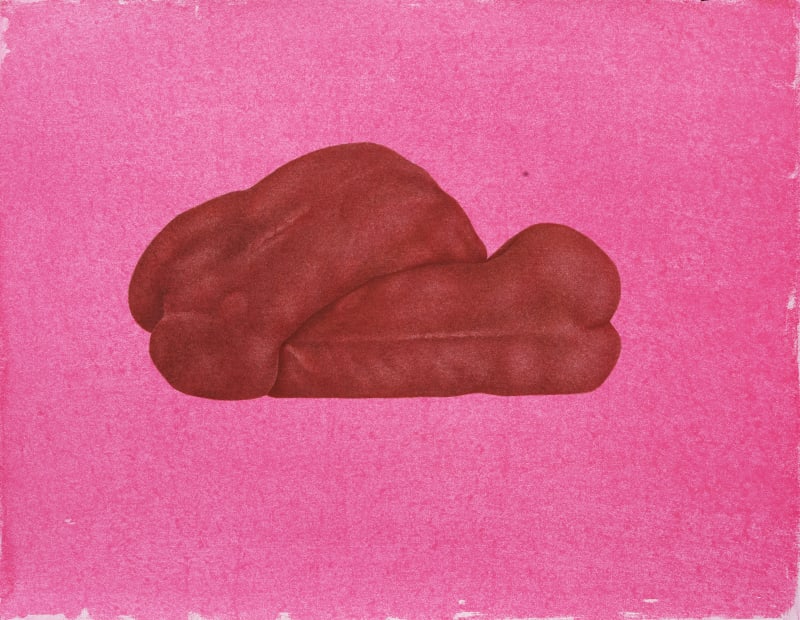Private View: Saturday 15th October, 3-6pm
Berlin
In a series of exquisitely rendered miniature paintings, naked women appear in various encounters with wild animals and plants: communicating with an owl, lying within a large green leaf, or transposed onto the taxidermied head of a deer. These are the latest works by Pakistani artist Muhammad Zeeshan who continues his explorations into how women have been and continue to be objectified and disempowered. Grass don’t grow on my land, the title of the artist’s solo exhibition at Kristin Hjellegjerde Gallery in Berlin, refers to a lack of progress or change in terms of mindset rather than external developments. Through his vivid, dreamlike compositions, Zeeshan questions rigid gender roles and stereotypes that continue to be reinforced in contemporary cultures across the globe.
Zeeshan cites this latest body of work as a direct continuation of his previous series titled Nangeli, which arose from the artist’s investigations into the 19th-century legend of a woman called Nangeli who supposedly cut off her breasts in protest of a caste-based ‘breast tax’. While the works in this latest series are more dynamic in terms of the women’s poses and the brightly coloured backgrounds, the compositions hint at deeper, embedded narratives of oppression that are perpetuated with each generation. The painting of a woman sitting inside a lily pad, for example, draws on familiar fairy tale imagery of a vulnerable woman in need of rescuing, the implication being that a woman is incapable of ‘rescuing herself.’ ‘Since having a daughter, I’ve become aware that this is a narrative which we continue to glorify or romanticise through stories, films and songs,’ comments Zeeshan. ‘Outwardly things appear to have changed for the better in terms of equality, but culturally, we have a long way to go.’
This idea is reflected in the alluring surface of the paintings, which appear alternately beautiful and humorous, but deeper contemplation reveals a different perspective just as the appearance of change on a societal level does not always reflect the truth of the situation for an individual – a point that is further emphasised by the possessive pronoun in the title. As Zeeshan says, ‘Fertilised land is always a positive sign, grass is a symbol of productivity, but that does not mean grass is growing everywhere.’ Notably, each of the women depicted is entirely distinct, not just physically but emotionally: their bodies and expressions rendered through meticulous brushstrokes. This is, in part, owing to the technique of miniature painting – the artist uses very fine brushes, building from light to dark to achieve both precise detail and a sense of softness – but also the decontextualisation of the image. The women occupy empty, vividly coloured backgrounds that evoke a strong emotional character and allow the viewer to encounter the image without preconceptions.
Nevertheless, there is a strong masculine presence that runs throughout the exhibition, reflecting both Zeeshan’s own awareness of his complicated position as a male artist representing the female body and the lingering effects of historic patriarchal systems. This is most obvious in the painting of the woman wearing loose-fitting blue cloth draped across her shoulder. Imprinted onto the fabric, there is a translucent silhouette of a muscular man, symbolising both the protector and the oppressor, while in other works, the bird appears as the surrogate for the man or dominant force, sitting atop the woman’s head ‘like a crown’ or partially covering her nudity. In each of these paintings, there is a disconnect between what the ‘man’ or the authoritative figure thinks they are doing – protecting the woman – and what they are actually doing: limiting her freedom.
In this way, Grass don’t grow on my land exposes the immense power of artistic representation – it can reassert limiting perspectives, as with traditional fairy tale narratives, or offer new ways of seeing not just gender, but also identity and the world around us.


